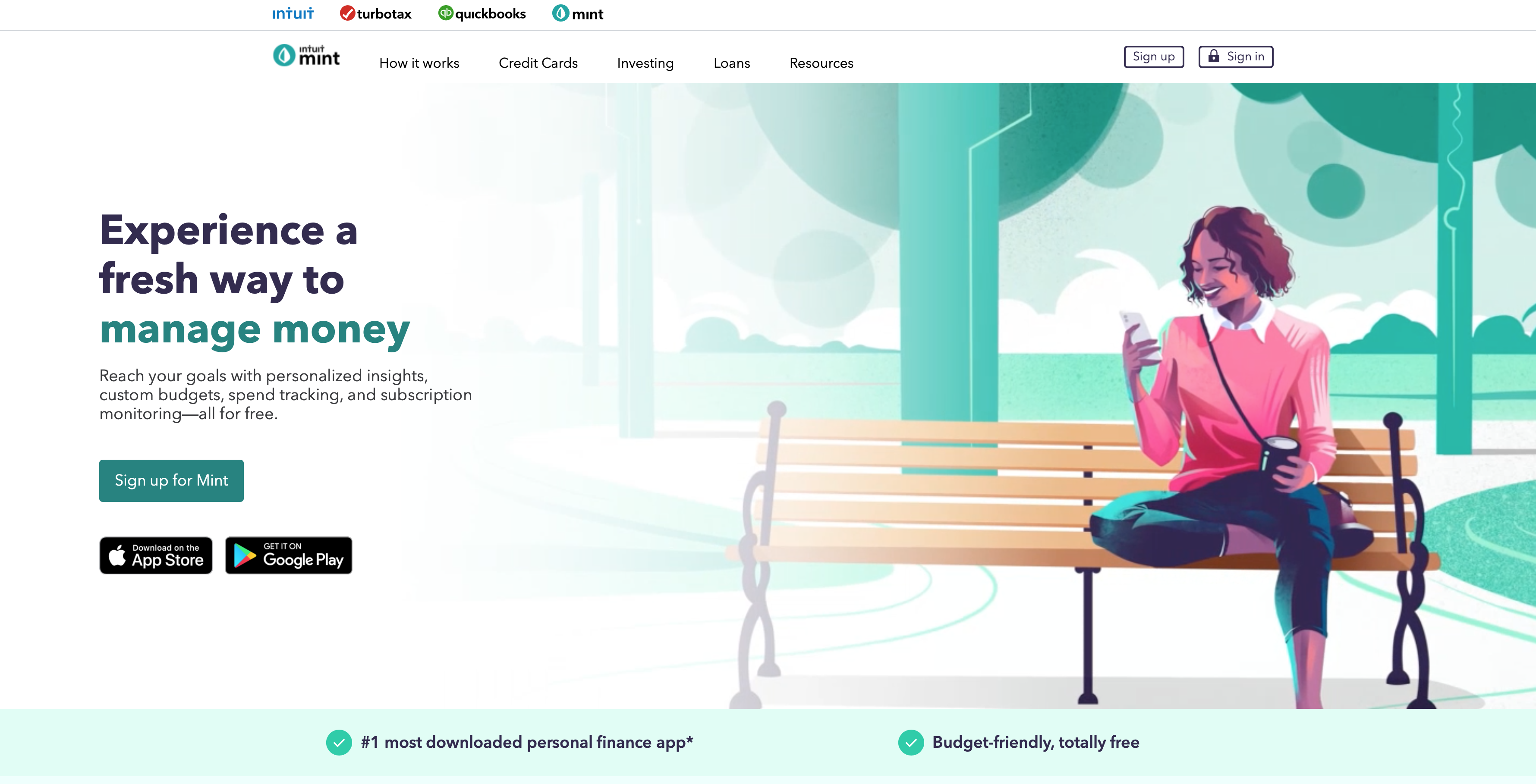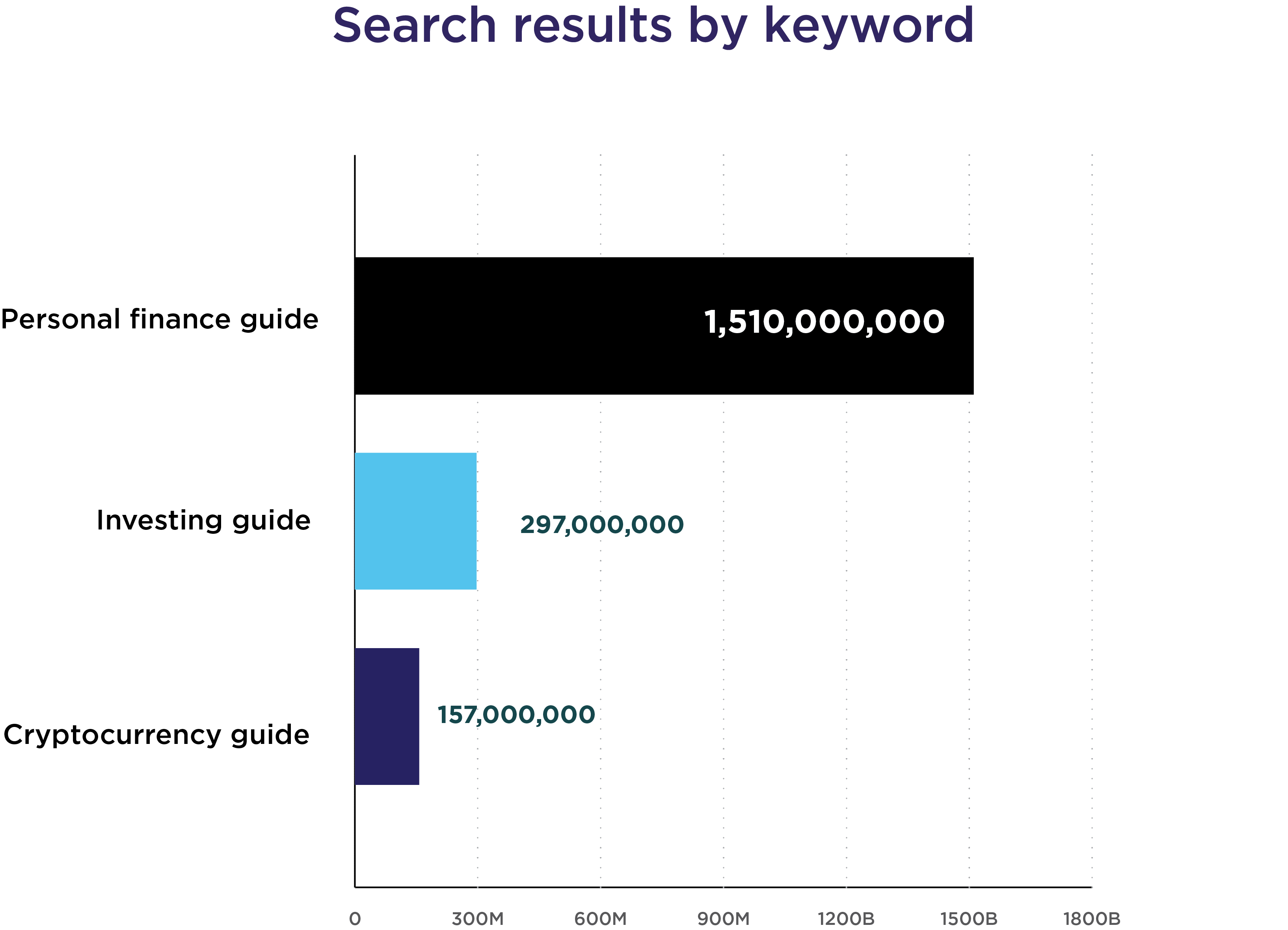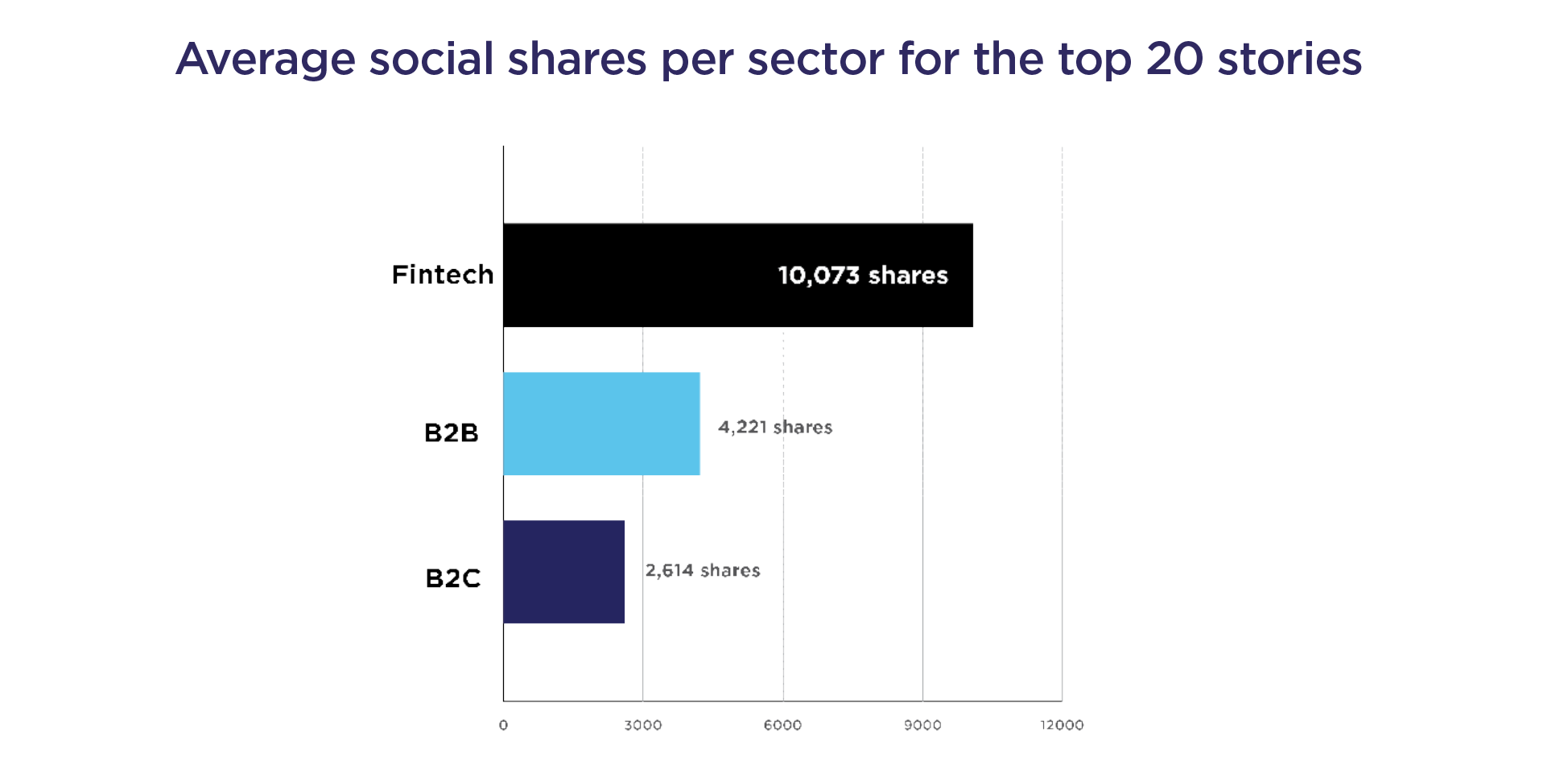Strategy
Here’s Why Finance Brands Need to Care About Cryptocurrency Content
In 2006, a small company called Mint came on the scene with a plan to make personal finance easier for everyone.
Mint was building a budgeting app that could track spending and help with financial planning. But their secret sauce was content. They started the MintLife blog before the app even launched, offering straightforward advice to young professionals who wanted guidance on everything from taxes to credit scores. While most finserv content at the time took the form of dry PDFs, Mint’s blog sounded like it was written by your friend’s cool older sibling who worked on Wall Street but went to Vassar, and had somehow saved up $100K by age 27.
The content took off almost immediately. According to Mint founder Aaron Patzer, by the time the app launched, “MintLife was driving more traffic than their competitors were to their entire websites.” Mint became one of content marketing’s first rags-to-riches story when Intuit acquired the company for $170 million in 2009, in large part because of how the blog had helped them establish a strong brand, acquire users, and earn their brand loyalty.

Then, seemingly before the ink dried on the deal, everyone started copying Mint. Companies with retail banking divisions invested in educational resources centers. Personal finance guides popped up on lifestyle sites. And tons of bloggers began offering their budgeting hacks. Today, the space for personal finance content has become incredibly overcrowded.
At this point, it may not even be worth trying to replicate what Mint accomplished, because any brand would have to deal with so much more competition and diminishing returns. Case in point: The current keyword difficulty for “budgeting” is 94 percent, per SEMrush. As they put it: “The hardest keyword to compete for. It will take a lot of on-page SEO, link building, and content promotion efforts.”

If you want to create effective educational content, start by answering a basic question: How can I help my audience? You should always aim to provide sound advice. But helping your audience also means focusing on fresh topics that haven’t been covered over and over.
Right now, the content topic with the most potential in financial services may be cryptocurrency. Only about 17 percent of U.S. adults own crypto, per a 2021 study from the New York Digital Investment Group, but 75 percent of respondents expressed interest in learning more about it.
When we analyzed 1,180 pieces of content from fintech and cryptocurrency brands, 11 of the top 20 links were educational posts from Binance Academy and Coinbase’s learning center. They each averaged 10,073 social shares.
This dwarfs the engagement we found in more traditional finance sectors. In our B2B finserv data set, the top 20 pieces of content averaged 4,221 shares. In the B2C finserv report, the top 20 links brought in 2,614 shares.

The main point is to find the sweet spot for educational topics that have high interest and low competition. Then go all-in on developing easily digestible lessons.
Crypto content has quickly become an important topic for most finserv companies. In March, Morgan Stanley became the first U.S. bank to offer clients a crypto fund. Since then, dozens of big banks have followed suit. In B2C, there’s a serious need for content that can help people invest responsibility, given that crypto assets can be both lucrative and incredible volatile.
Brands seeking to create crypto content should try to be candid and informative. That’s exactly what Binance Academy did, building its reputation and credibility by training people on the ins and outs of an emerging field. The Academy has a clear starting point for newcomers. The educational hub also organizes content around three different learning tracks—beginner, intermediate, and advanced—so anyone who visits the site can benefit.

If you’re interested in creating educational resources this year, here’s some more encouraging news: In our 2021 State of Content Marketing Report, only 2 percent of respondents chose educational courses as their most important content format. So the finserv marketers who target the right topics today will have a huge edge over everyone else in the future.
Big takeaway: Help your audience by teaching them something new rather than recycling old educational topics others have already covered.
Image by OverearthGet better at your job right now.
Read our monthly newsletter to master content marketing. It’s made for marketers, creators, and everyone in between.





